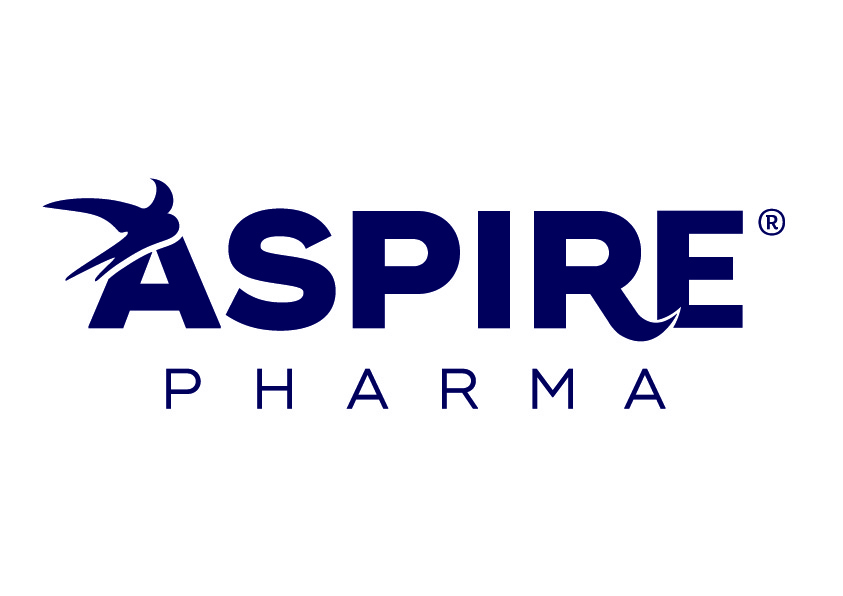Log in or Sign up
to access My Account functionalities
Zedbac 500mg powder for solution for infusion
Active Ingredient:
Company:
ATC code:
J01FA10
About Medicine
Prescription only medicine

